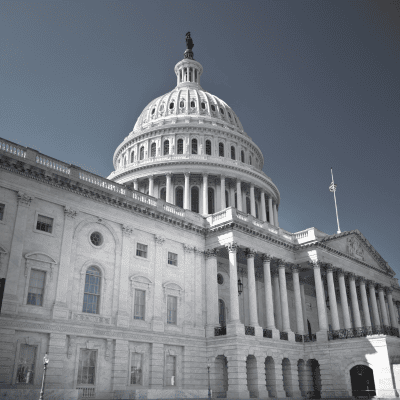Definition:
The Green New Deal (GND) is a comprehensive proposal designed to address climate change and economic inequality in the United States. Introduced in the House of Representatives in 2019 as House Resolution 109 (H.R. 109), it takes inspiration from President Franklin D. Roosevelt’s New Deal during the Great Depression. However, this proposal specifically aims to tackle the environmental crises of the 21st century while also reimagining the American economy through social, economic, and racial justice lenses.
Understanding the Green New Deal: A Bold Plan for the Future

At its core, the Green New Deal seeks to achieve net-zero greenhouse gas emissions, provide millions of high-wage jobs, secure clean air and water, and promote justice for marginalized communities most affected by environmental degradation. Its vision extends beyond addressing climate issues alone and promotes a complete transformation of the energy sector, infrastructure, healthcare, and labor systems.
The Key Elements of the Green New Deal
The Green New Deal sets ambitious goals, including:
- Achieving Net-Zero Emissions: By transitioning to 100% renewable, zero-emission energy sources like wind and solar power.
- Job Creation: Promoting the creation of millions of well-paying jobs in green industries, particularly aimed at working-class individuals.
- Infrastructure Revamp: Modernizing the country’s infrastructure, including energy-efficient buildings and transportation.
- Justice for All: Ensuring that historically marginalized communities, such as low-income people, people of color, and indigenous communities, are prioritized in the transition to a green economy.
While these goals are noble, critics often point to the enormous costs and practical challenges involved in achieving these sweeping changes.
Why the Green New Deal Is Controversial

The Green New Deal is not without its critics, and it has sparked fierce debate across the political spectrum. Some of the key points of controversy include:
1. Economic Feasibility
Opponents argue that the Green New Deal’s ambitious goals come with an enormous price tag, with some estimates running into the trillions of dollars. Skeptics question how such a plan could be financed without dramatically increasing taxes or leading to skyrocketing national debt. Many argue that transitioning the economy in such a radical way could have unintended consequences, such as job losses in traditional energy sectors (like coal and oil).
2. Government Overreach
Another point of contention is the perceived expansion of government required to implement the Green New Deal. Critics worry about the role of federal intervention in the private sector and fear that such a top-down approach could stifle innovation and free-market dynamics. Additionally, some argue that the plan infringes on personal freedoms, as it may lead to lifestyle changes, like altering dietary patterns or energy consumption habits.
3. Political Divides
The Green New Deal has also become a political lightning rod. Supporters, largely from the progressive wing of the Democratic Party, champion it as the only comprehensive solution to avoid climate catastrophe. Meanwhile, conservatives criticize it as an example of unrealistic socialism, claiming that its promises are unattainable and its impacts on American businesses and consumers would be devastating. This polarization makes it difficult for the GND to gain bipartisan support, limiting its potential for legislative success.
4. Misconceptions and Media Narratives
The Green New Deal has been subject to misinterpretation, with some media outlets and politicians framing it as a direct attack on American jobs or as a plot to ban certain industries (such as fossil fuels). However, proponents argue that the initiative would transition these workers into green jobs that are sustainable and well-paying. This clash of narratives often leads to confusion about what the GND truly entails and the ways in which it would be implemented.
Final Thoughts:
The Green New Deal represents an ambitious vision for a sustainable future, blending climate action with economic and social reforms. It offers hope to those who believe the U.S. must act swiftly and comprehensively to combat climate change. However, its far-reaching goals have sparked significant debate and controversy, raising questions about the cost, the role of government, and the best path forward to a greener, more equitable society.
As the discussion surrounding the Green New Deal continues, it remains a symbol of both possibility and division. A reminder that any significant shift in policy will inevitably face challenges and require collaboration from across the political spectrum.
Each term in The Womanhood Lexicon is part of an evolving conversation about modern womanhood. These definitions are open for discussion, interpretation, and refinement as we continue to explore them on the podcast. For episodes where a term has been discussed, you’ll find links directly on the term’s page. We encourage you to engage with the content and join us as we redefine womanhood in the 21st century. Together, we can shape and expand these concepts through meaningful dialogue.


